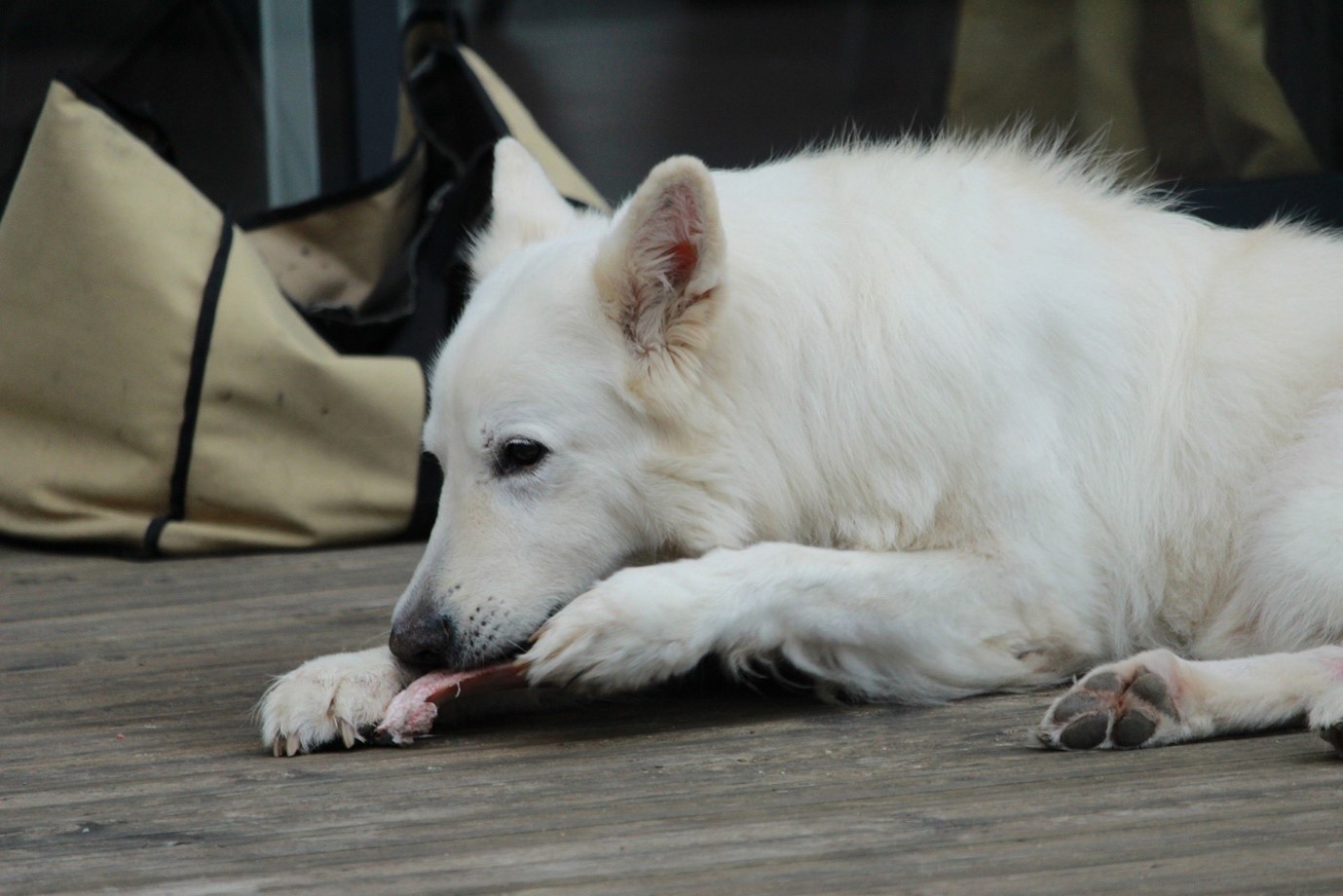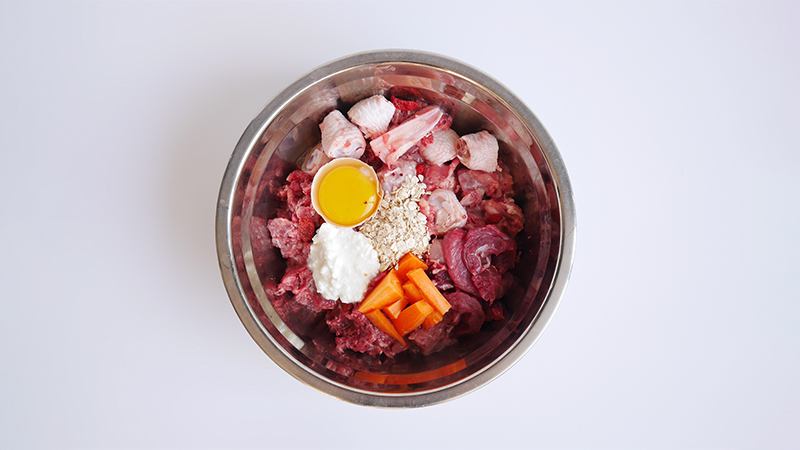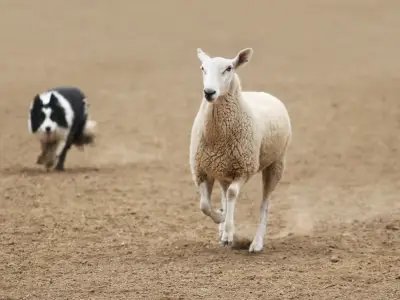Raw diets are becoming increasingly popular methods of feeding dogs in recent years. The idea behind raw feeding is to provide dogs with a diet that simulates the natural diet they would have in the wild. Whilst there is an increasing fascination with this practice, there is also a great deal of criticism that make this a controversial topic.

The Benefits of Raw Feeding
Raw feeding has been claimed to benefit dogs' health and behaviour. Owners may choose to explore using a raw diet for their dog to provide additional support for health conditions such as skin disease, gastrointestinal problems, anal gland trouble, and arthritis.
Some of the physical benefits claimed to come from raw feeding are:
- Improves skin condition
- Shinier coat and reduced hair shedding
- Less odorous and more firm faeces
- Improved dental health
- Provides joint support
- Decreases the likelihood of obesity
There is a great deal of concern over the use of additives, fillers, binders, excessive carbohydrates, and lower-quality ingredients in the pet food industry. This is where raw food companies can promote further benefits, as raw diets are natural and generally use good ingredients.
In terms of behavioural improvements, there have been many reports of improved behaviours such as less begging behaviours, improved energy levels, and improved learning. A pet's behaviour can be an aspect that owners find more alarming than their pet's physical health sometimes, as this directly affects them. Therefore, owners may move their pets onto a raw diet to help with existing behavioural issues.
Raw feeding provides opportunities for owners to have a higher level of involvement in their dog's life. By choosing and creating raw meals for their dog, many owners feel more enjoyment and a better bonding experience with their beloved pets at feeding times. Although raw feeding does not only have to be home-prepared, many companies now offer complete raw diets for purchase, providing owners with a more convenient way to feed.
The research into raw feeding continues to grow, and some raw food manufacturing companies are investing time and money into this to further the progression and appreciation of this lifestyle choice.
Concerns about Raw Feeding
Whilst the research into raw feeding is ongoing, most of the current claimed benefits are anecdotal, giving rise to heavier criticisms. Some of the main concerns around raw feeding are the disease and parasite risks, possibilities of nutritional deficiencies, and dangers associated with bones.
The disease risk is a major concern among human and animal health professionals. The main disease-causing bacteria of major concern are Salmonella, Campylobacter, Listeria monocytogenes, and Escherichia coli. The use of high-temperature cooking processes in processed foods tends to kill bacteria and prevent these diseases; however, the risk remains in raw meat diets where there is no cooking process.
In addition to bacterial concerns, there are also parasitic risks associated with the feeding of raw diets. The main parasites that make people apprehensive of raw diets are Toxoplasma gondii, Neosporum Caninum, Sarcocystis spp., Cryptosporidium parvum, and Echinococcus granulosus.
All the bacteria and parasites listed are potentially zoonotic, meaning humans and animals can contract them. This widens the health risk from the dogs eating it to the humans touching the food and anyone interacting with the dog. If correct hygiene methods are implemented, then the preparation and handling of the raw diets can be done relatively safely. However, the risk does not end there, as professionals warn that touching and stroking the dog, and having them lick you, also increases the risk of transmission. The most vulnerable groups include pregnant women, young children, the elderly, and immuno-suppressed individuals.
Bones are an ongoing topic of debate also. It is firmly agreed from both sides of the argument that cooked bones are a danger and not safe under any circumstances for feeding to dogs. They can lead to obstructions, perforations, and choking incidences.
Raw feeding experts claim that uncooked bones are appropriately selected to suit the dog's size and age and are pretty safe, and can benefit the dog's dental health. The cooking process makes bones brittle and more likely to splinter and cause problems, whereas the raw bones do not undergo this process, so they do not carry this same risk. On the other hand, some will claim that bones are still dangerous and can also increase the chance of tooth fractures.
Summary

In conclusion, the argument will likely be ongoing for some time. Until more substantial evidence is available to either prove or discredit the practice of raw feeding, it is very much down to each person's individual opinions. There may be some cases where the good of a raw diet can outweigh the risks, but conversely, there may be somewhere it would be a very inappropriate diet choice.
Whilst a good deal of the supporting evidence for raw diets is anecdotal, it does speak volumes that so many people convert to it and are happy with the results. Owners must be completely aware of what is involved in raw feeding and the safest procedures for it.
Ultimately it relies heavily upon owners being sensible and willing to act responsibly if they feed their dogs a raw diet. This is imperative because the risk factors impact not just that individual dog and family; they can also become a risk to the wider public.
If you'd like to learn more, our Raw Feeding For Dogs and Cats Diploma Course is currently available for just £29 for a limited time (reduced from £127).




